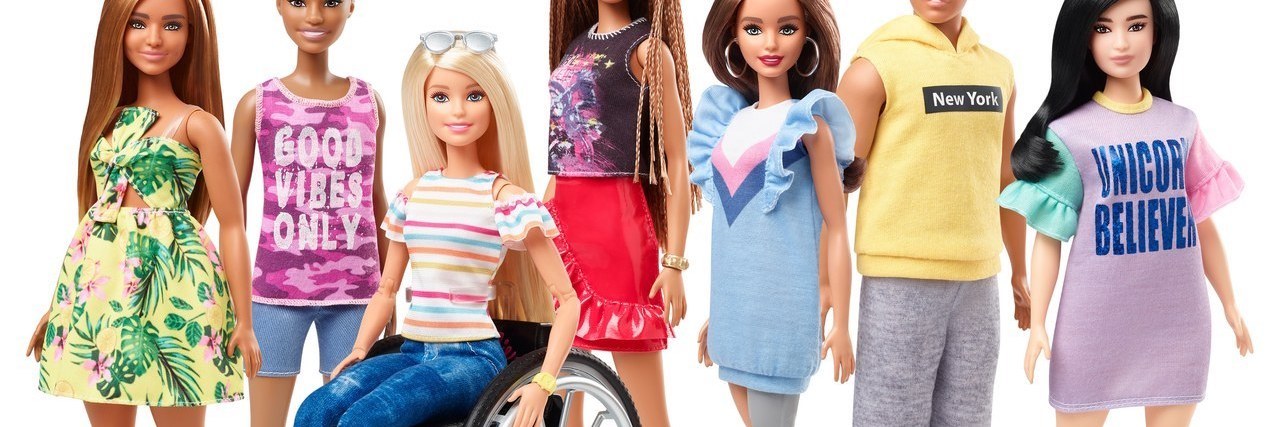Recently, the toy company Mattel introduced two new Barbie dolls: wheelchair user Barbie and Barbie with a prosthetic leg. Of course the introduction of these two new Barbies should be celebrated, but it is also not very challenging. It adheres to safe disability stereotypes, and reinforces the perception that disability means a visible mobility impairment.
According to an article in the Guardian, the introduction of these disabled Barbies is bringing disability into the conversation. However, I feel that Barbie is playing it safe and reinforcing the problematic stereotype that all disabled people use a mobility aid, in particular a wheelchair. This may sound picky but as the Guardian points out, Barbie has more influence than we dare to imagine. As a woman with a visible impairment that does not require a mobility aid, I wish people would not homogenize disability and then claim inclusion for all. Would it hurt for disabled people to be represented by something other than a wheelchair?
As a woman with dwarfism whose identity as a disabled person is often contested, these representations just reinforce the problem of not being recognized. I feel like the person outside of the conversation listening in, but unable to contribute to it. The Guardian article goes on to imply that these dolls will be great for disabled children, as they will finally be able to play with something that represents then. This wrongly implies that a child with dwarfism is somehow represented by wheelchair user Barbie. Either that or the Guardian thinks all disabled people are either wheelchair users or wear a prosthetic limb. No wonder as a child and an adult I still feel excluded from the disabled community.
I know Mattel cannot represent every disability, but a bit more diversity would be good. Only about 10 percent of disabled people use a wheelchair, but the wheelchair is always used as the go-to image for representing disability. The problem is the rest of us are often ignored. What about a cousin for Barbie who has a more contested disability, such as dwarfism or vitiligo etc. It seems companies always want to play it safe with disability, which is problematic for those of us who do not match the acceptable stereotype of disability.
Wheelchair user Barbie (I wish I could just give her a name that does not have to identify her by her disability), even comes with a ramp for Barbie’s dream house. As we know in society a ramp makes everything supposedly accessible. However, a ramp makes Barbie’s dream house partially accessible for wheelchair user Barbie, not others. It wrongly implies that if you want to make a place accessible, all you need to do is add a ramp.
When we are discussing disability or thinking about introducing new characters or toys with disabilities, we should be more thoughtful of the diverse range of disabled people in society instead of just reinforcing stereotypes. If companies still choose to use a more “acceptable” impairment to indicate that they are inclusive and diverse, can they please not claim they are representing us all?

